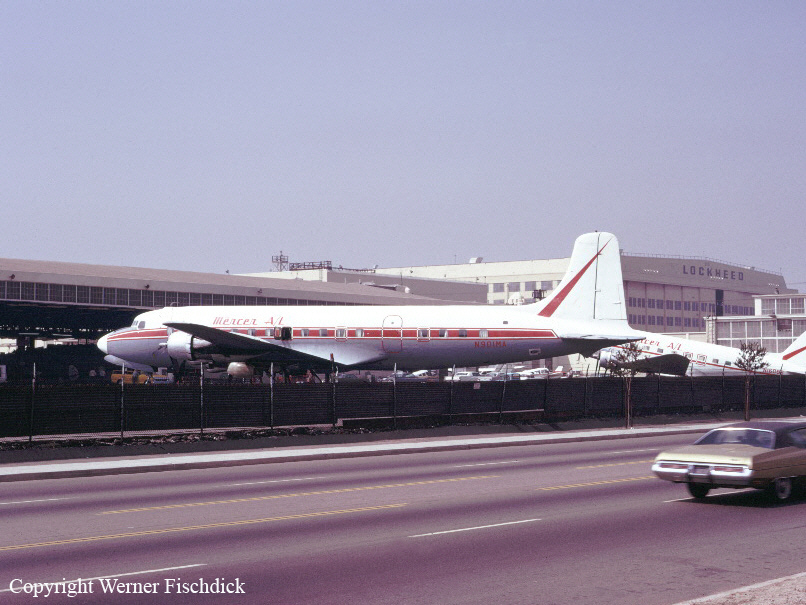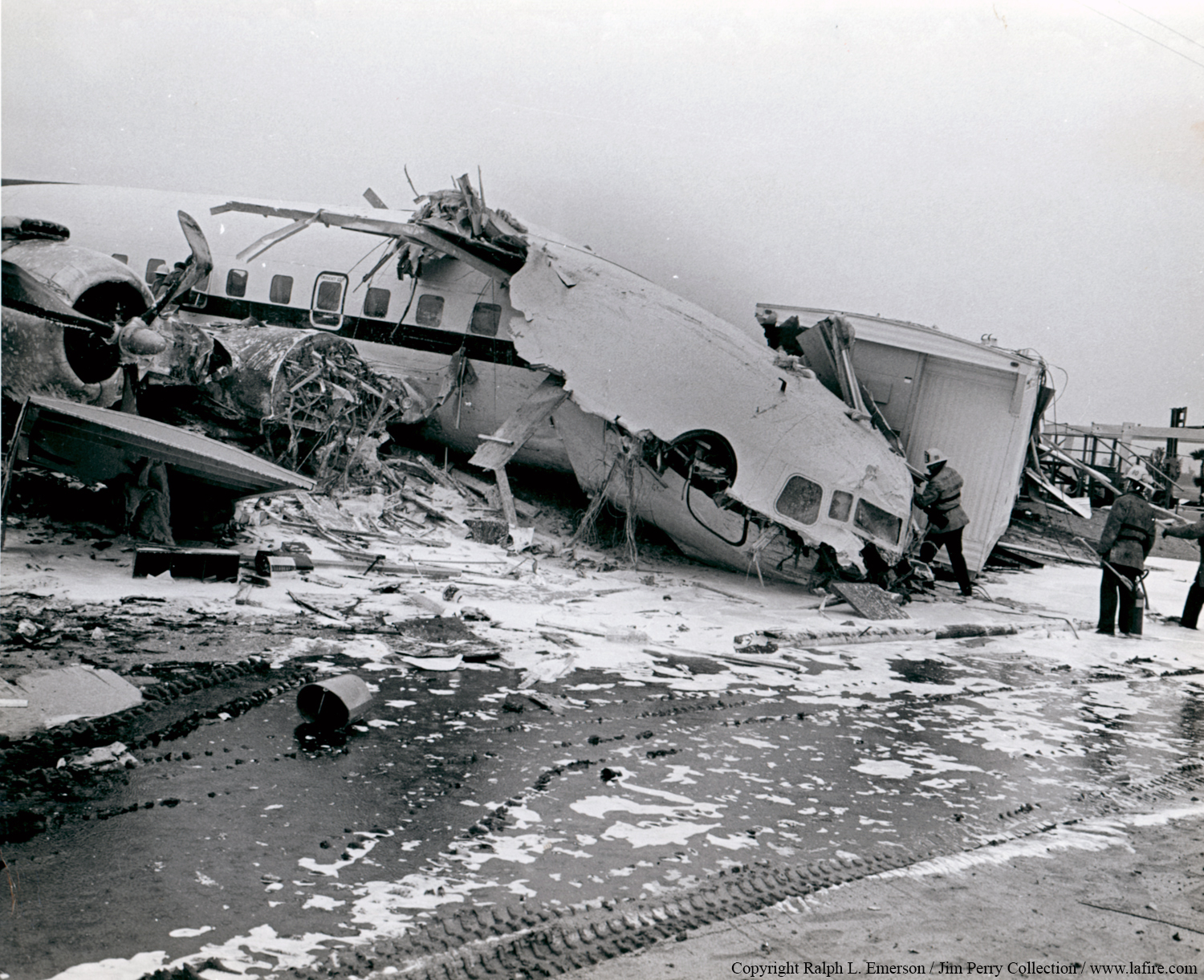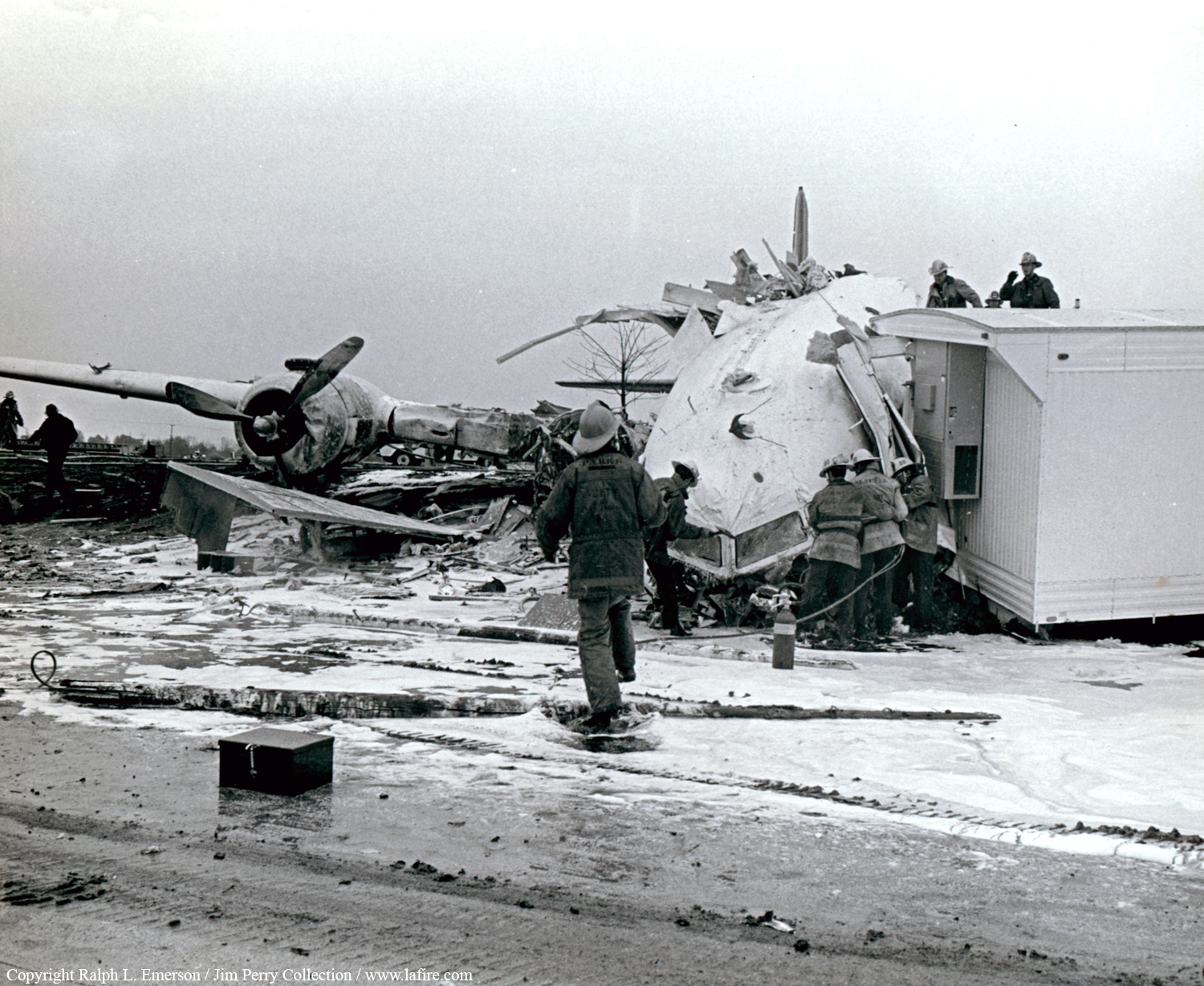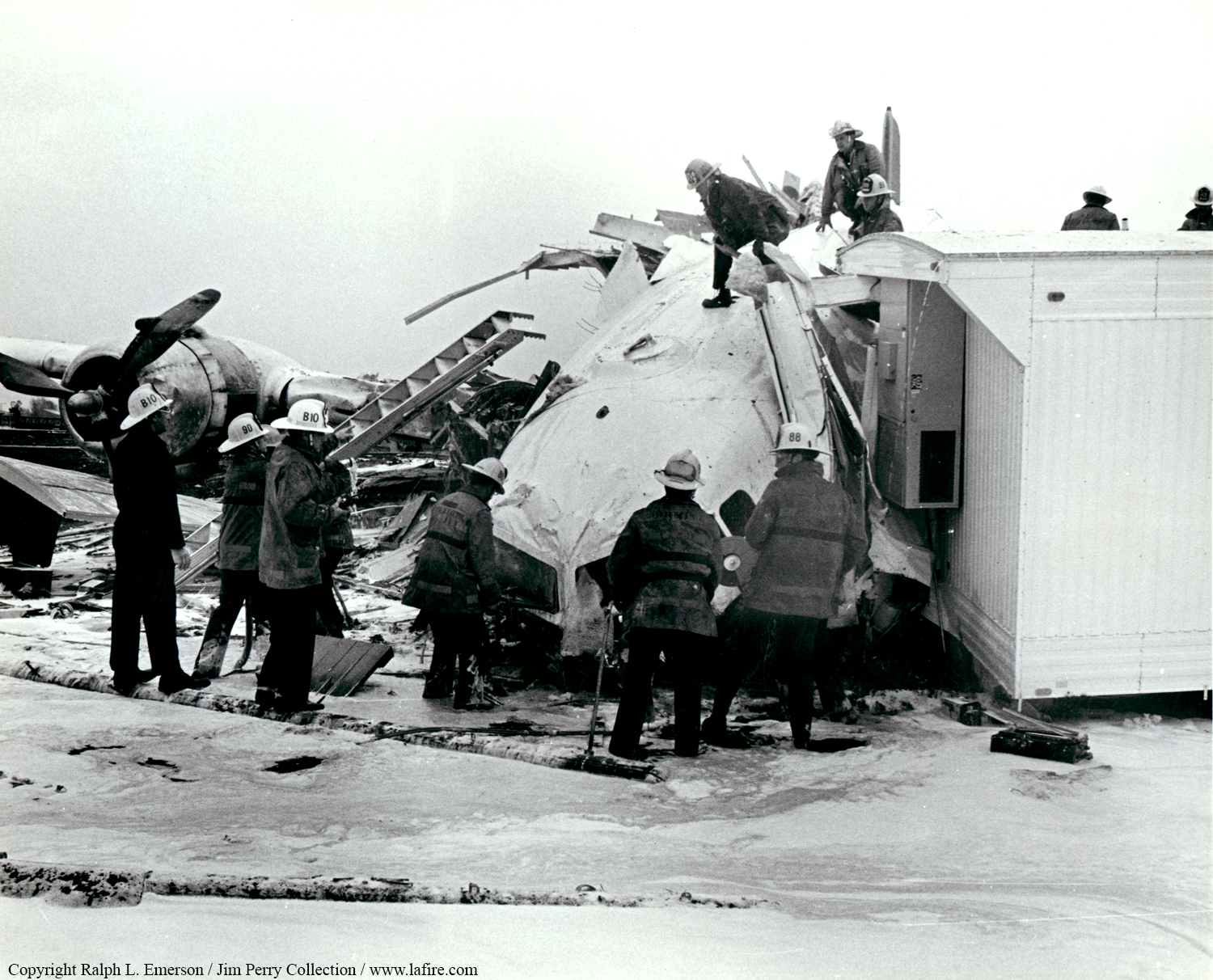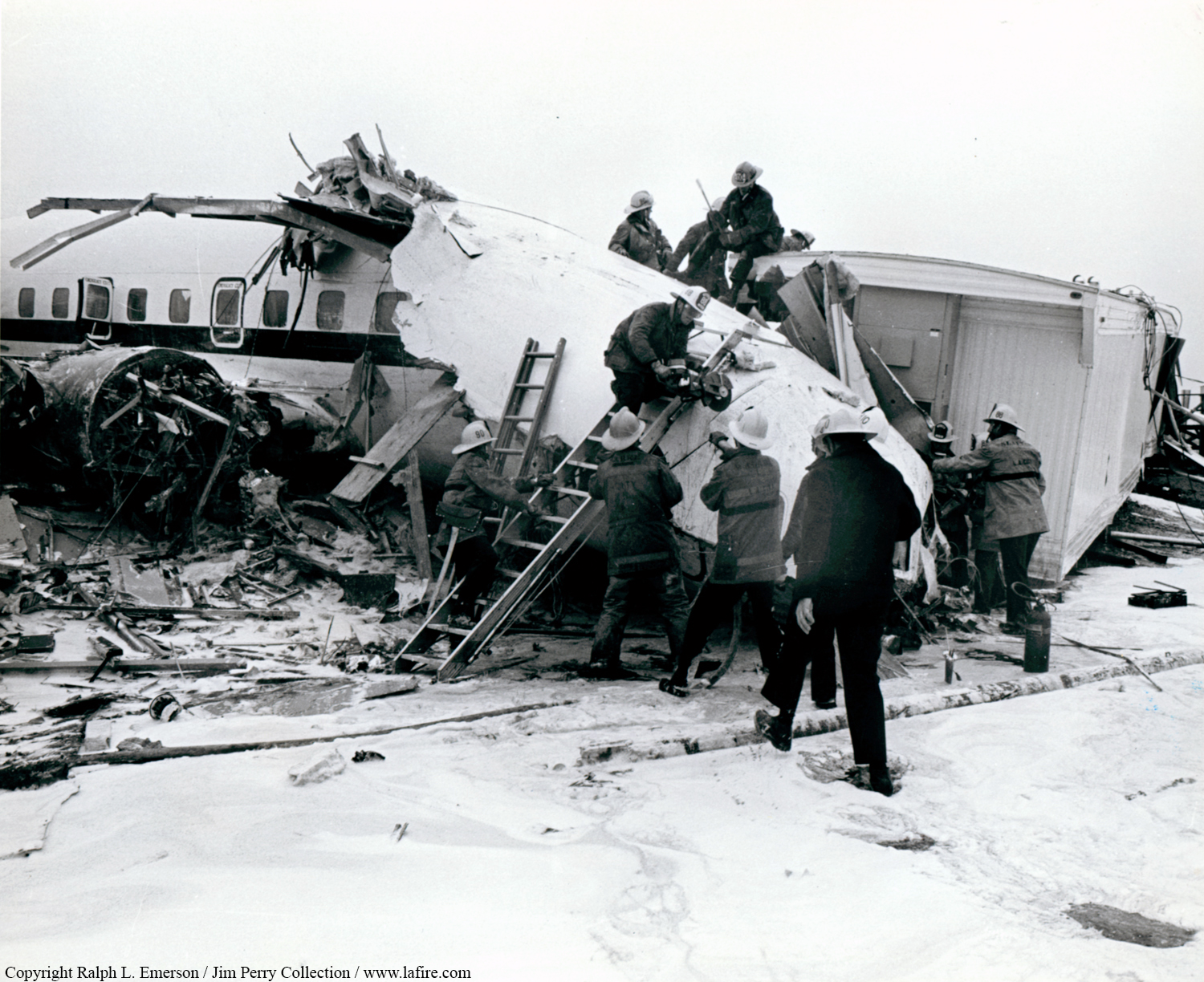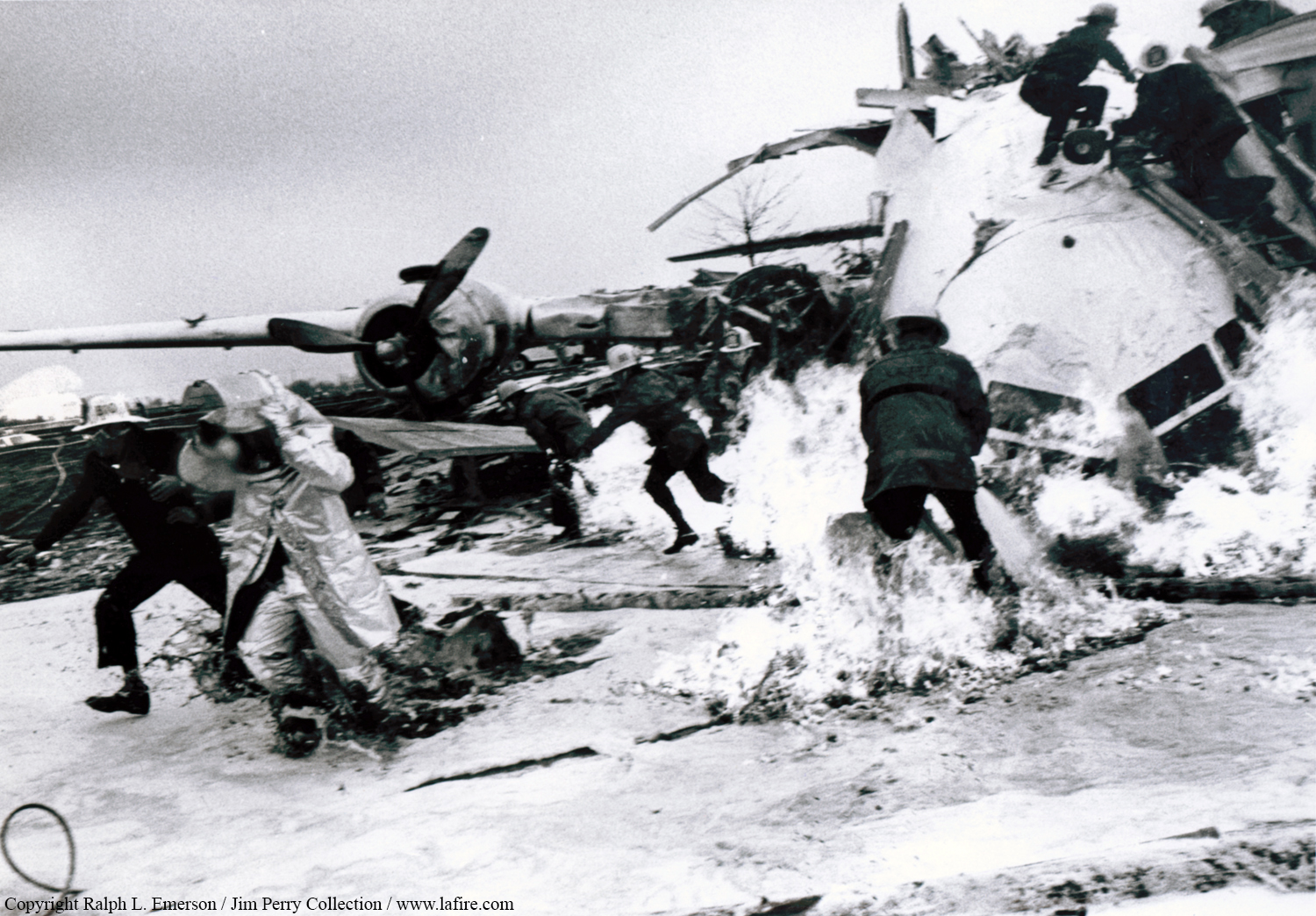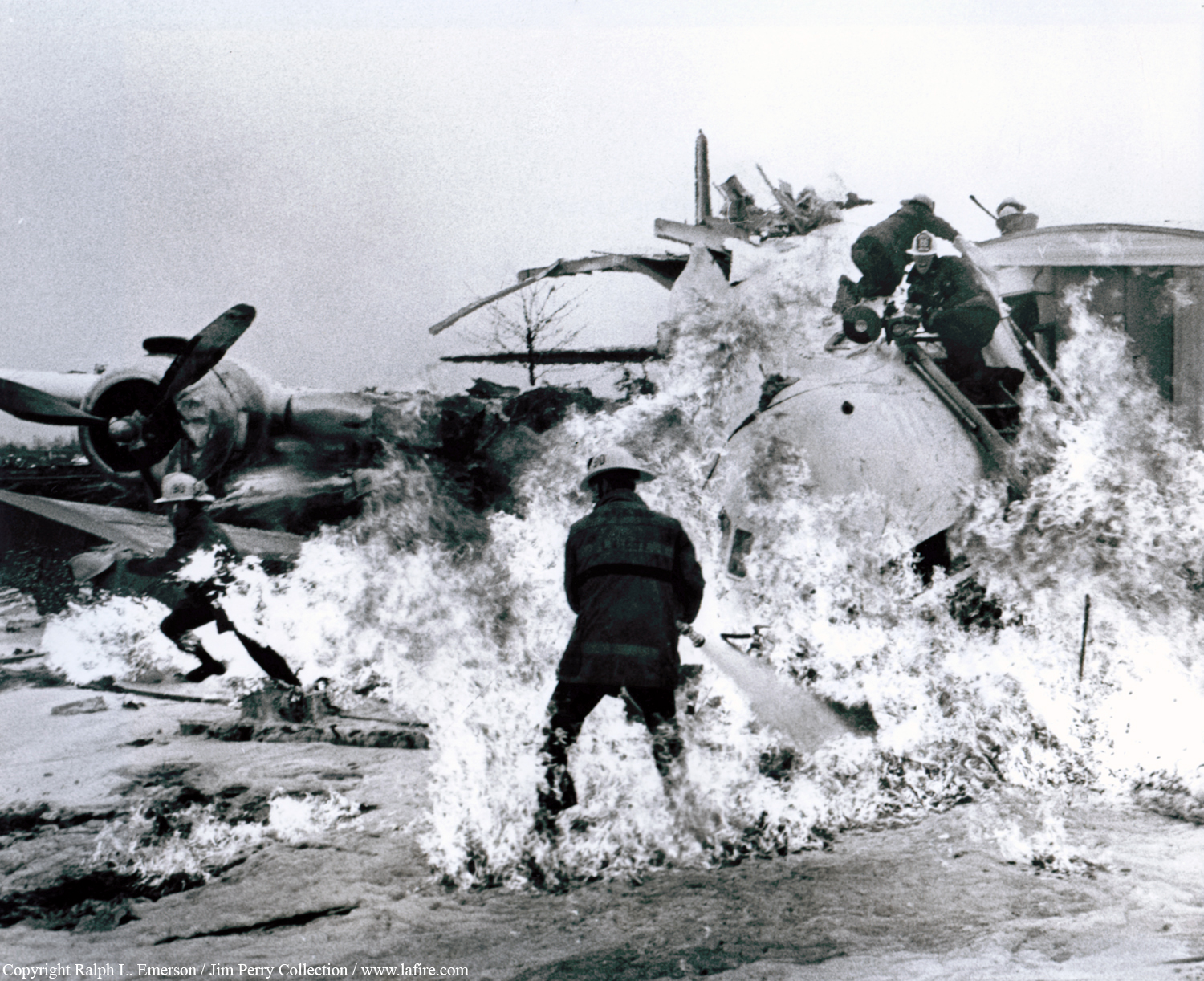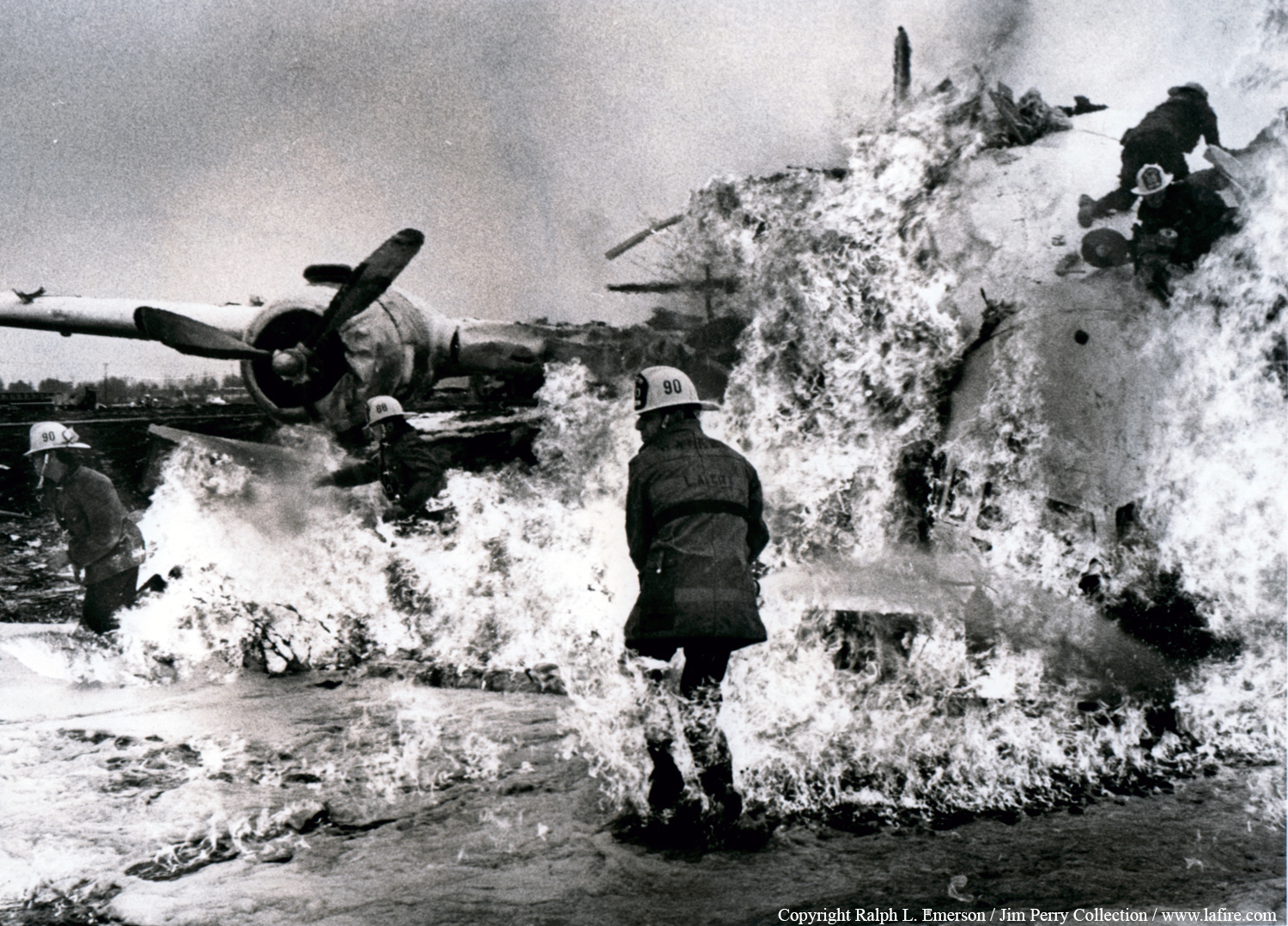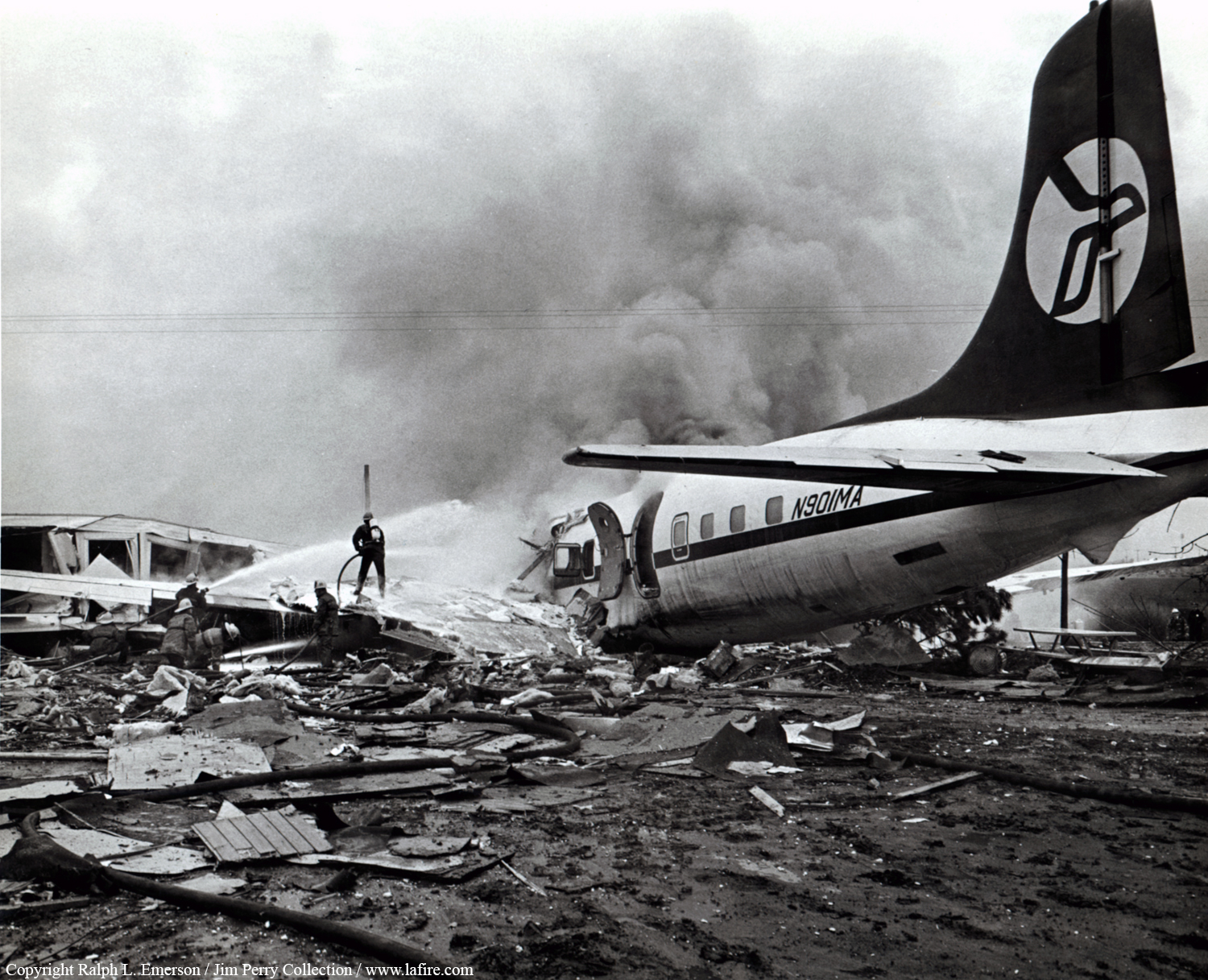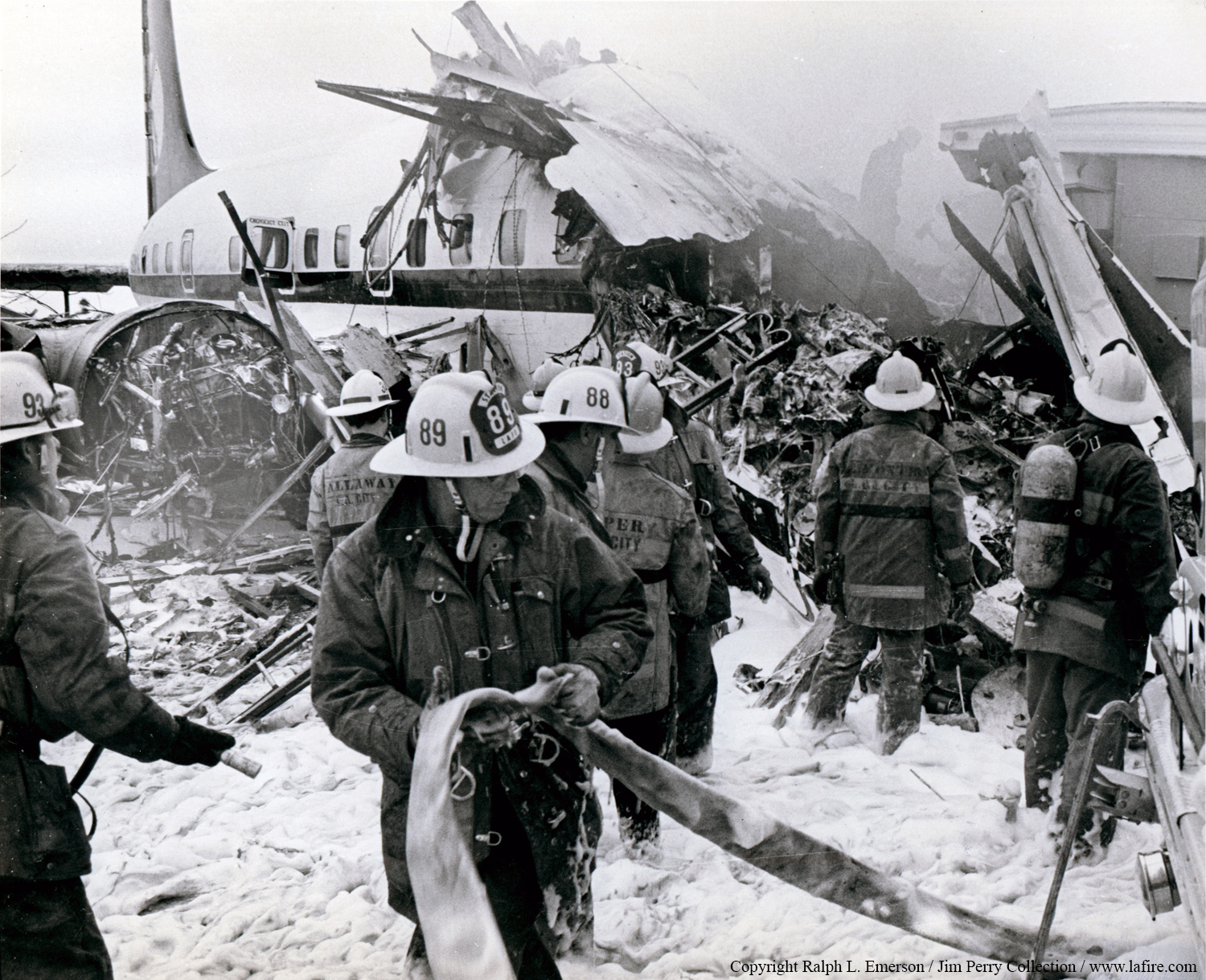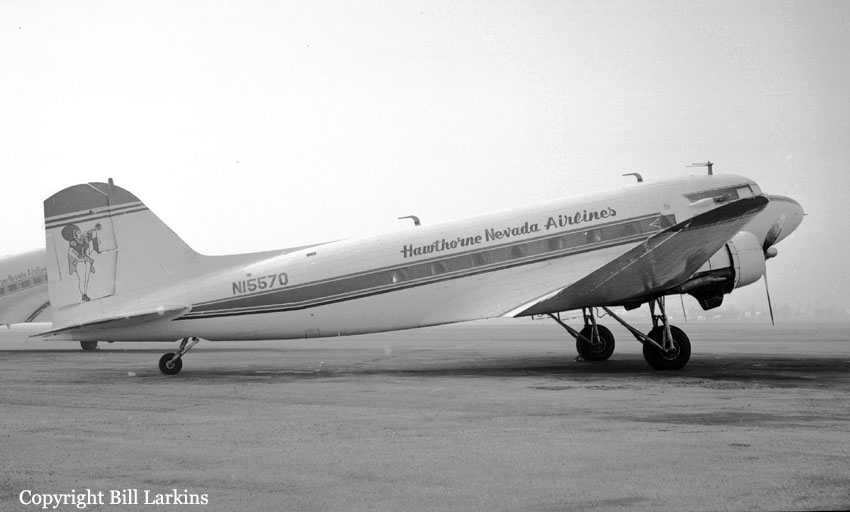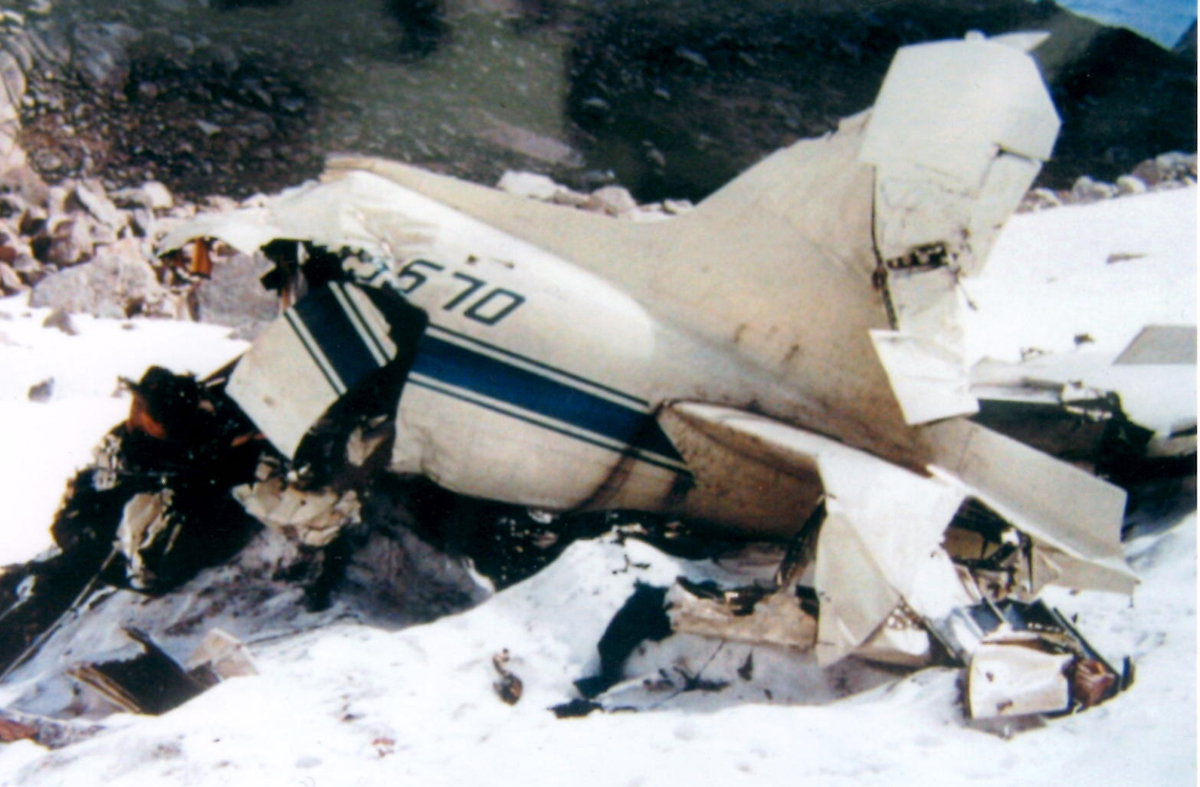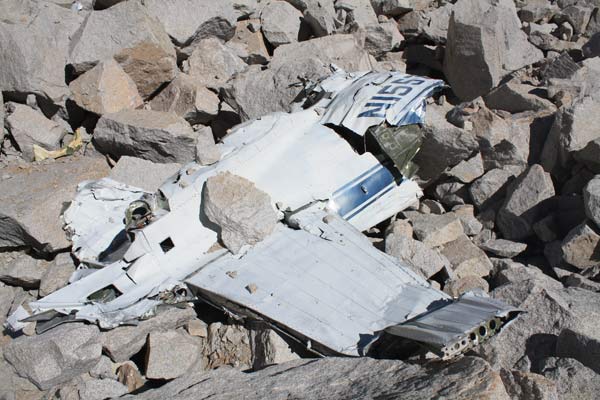Crash of a Beechcraft C99 Airlines near Avenal: 1 killed
Date & Time:
Nov 16, 1994 at 0240 LT
Registration:
N63995
Survivors:
No
Schedule:
Burbank - Oakland
MSN:
U-178
YOM:
1981
Crew on board:
1
Crew fatalities:
Pax on board:
0
Pax fatalities:
Other fatalities:
Total fatalities:
1
Aircraft flight hours:
20031
Circumstances:
The pilot was on an IFR flight plan level at 10,000 feet msl in VFR conditions. The ATP rated pilot was the sole occupant, and there was no autopilot installed in the Beech C99 Airliner. About 10 minutes after a hand-off from Los Angeles center to Oakland center was acknowledged, radar contact was lost at 0239 hours. A review of the radar data revealed that over the last 4 minutes the airplane's altitude increased to 10,500 feet, then it started a left descending turn with a maximum diameter of about 2.1 nm. The last radar returns indicate the airplane continuing the left turn and descending through 5,600 feet msl, with a descent rate of about 18,000 feet per minute. There was no evidence of a mechanical malfunction of the aircraft, engines, or propellers.
Probable cause:
Loss of aircraft control at night by the pilot for unknown reasons.
Final Report:


